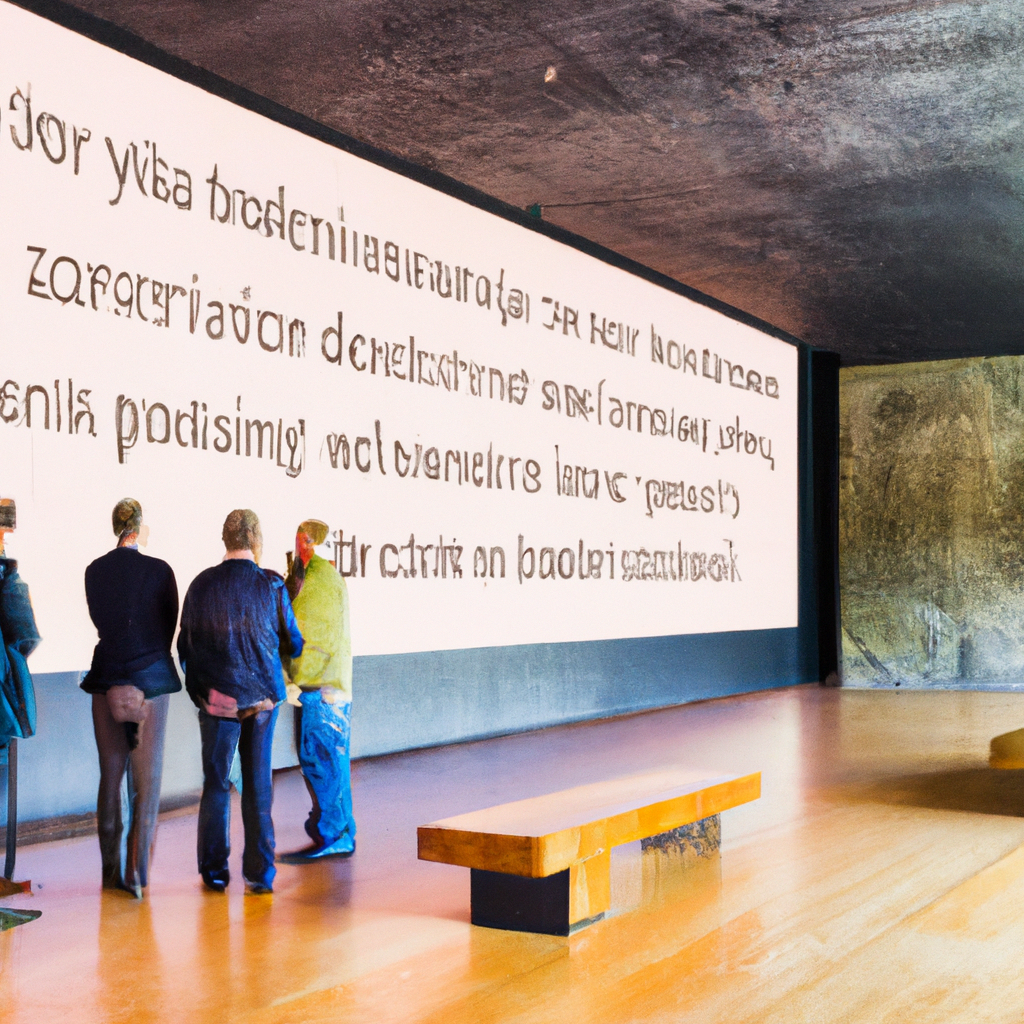
In a move that has stirred the pot of the art world, the esteemed Brauer Museum, housed within the serene grounds of Valparaiso University, has announced its temporary closure. This decision precedes the contentious deaccessioning of several of its prized artworks, including a revered piece by Georgia O’Keeffe. As whispers of disapproval swirl through the cultured corridors of the city, the museum also reveals plans to part with masterpieces by Frederic Edwin Church and Childe Hassam.
The notion of deaccession — the process of selling art by museums to raise funds — often strikes a dissonant chord in the symphony of art conservation and appreciation. Particularly in this instance, it raises pivotal questions about the stewardship of art and cultural heritage. The works in question are not merely artifacts; they are beacons of American art history, encapsulating moments of aesthetic innovation and shifts in the artistic milieu.
O’Keeffe’s work, with its stunning floral forms and bold abstraction, anchors not just a museum's collection but inspires the minds of those who seek refuge in her portrayals of expansive simplicity and vibrant intimacy. Similarly, Church's luminous landscapes unfold nature’s grandeur, offering viewers a glimpse into 19th-century America, while Hassam’s Impressionist scenes capture the ephemeral qualities of light and color that suggest momentary, fleeting glances into everyday life.
This decision by the Brauer Museum, possibly propelled by financial necessitudes or strategic realignments, underscores a larger debate. It invites us to ponder the responsibility of cultural institutions to maintain public trust. Museums, after all, are keepers of human creativity and thought. They hold in their care not just paintings and sculptures, but the very soul of culture and artistic endeavor.
As New York’s art and cultural cognoscenti grapple with the implications of such a loss, one might consider the potential reverberations through the galleries, auction rooms, and private collections. The departure of these canonical works from the Brauer Museum raises essential questions about the balance between survival and sacrifice. In this complex dance of preservation and change, where do the true interests of the public and the artistic community lie?
This unfolding saga serves as a profound reminder of the delicate tapestry of the arts ecosystem, vulnerable yet vividly alive, constantly shaped by the decisions of its guardians. The cultural community of New York City, known for its resilience and reflective passion, now watches closely as the narrative evolves, hopeful for a resolution that upholds the integrity and spirit of artistic heritage.